#Sleepwalkers (1992)
Text






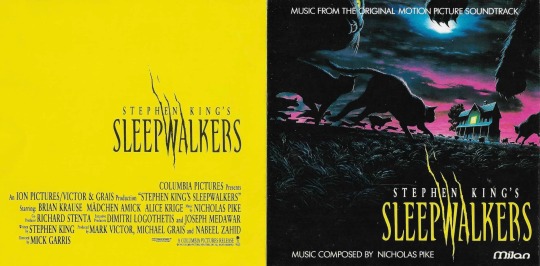
Sleepwalkers
1992 • R • 1h31m
A mother-and-son team of strange supernatural creatures move to a small town to seek out a young virgin to feed on.
#horror#horror movies#horror movie#movie#movies#poster#posters#movie posters#movie poster#horror movie poster#horror movie posters#sleepwalkers#sleepwalkers movie#sleepwalkers 1992#stephen king#90s#90s horror#90s horror movie#90s horror movies#tobe hooper#Stephen king’s sleepwalkers#clive barker
44 notes
·
View notes
Text

Sleepwalkers, 1992
#Sleepwalkers#1992#Sleepwalkers 1992#Mick Garris#Stephen King#Mädchen Amick#Madchen Amick#young madchen amick#90s#1990s#1990s movie#90s movie#1990s movies#90s movies#gif#90s gif#1990s gif#movie gif#movie gifs#filmgifs#moviegif#moviegifs#Fantasy#Horror
31 notes
·
View notes
Text
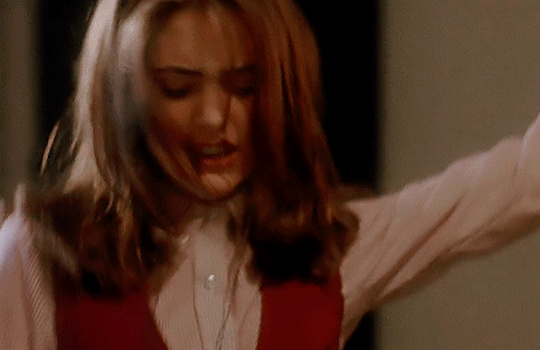

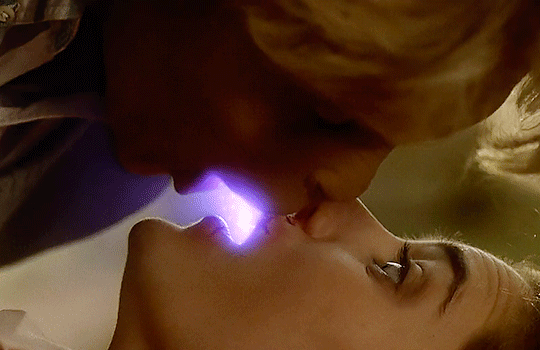

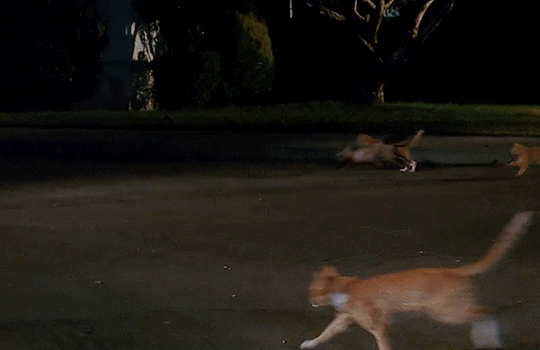
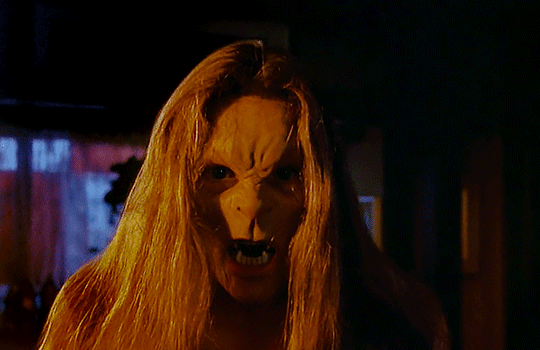
Sleepwalkers (1992)
864 notes
·
View notes
Photo
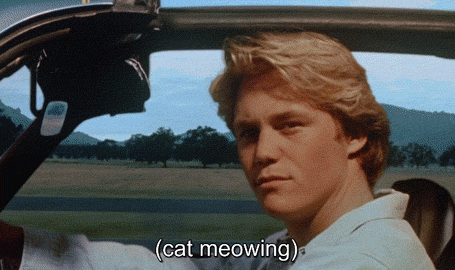
SLEEPWALKERS (1992)
2K notes
·
View notes
Photo

#Sleepwalkers#1992#American horror film#art#artwork#black cats#black cat#horror movies#90's horror movies#90s horror movies#poster#Illustration#haunted house#Danse Macabre
294 notes
·
View notes
Text

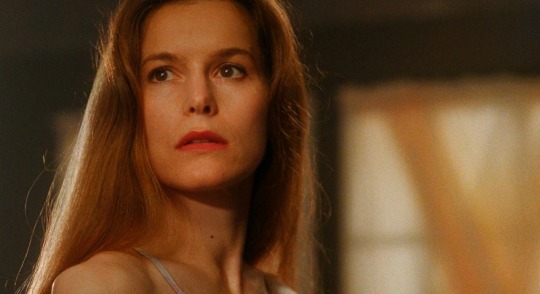

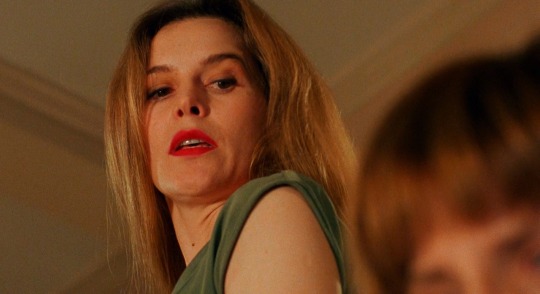
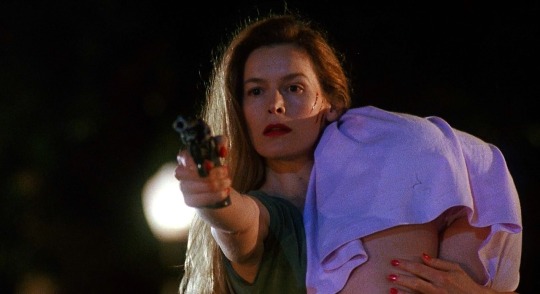
Alice Krige in Sleepwalkers, 1992.
61 notes
·
View notes
Text
Journey to the Center of the Mind
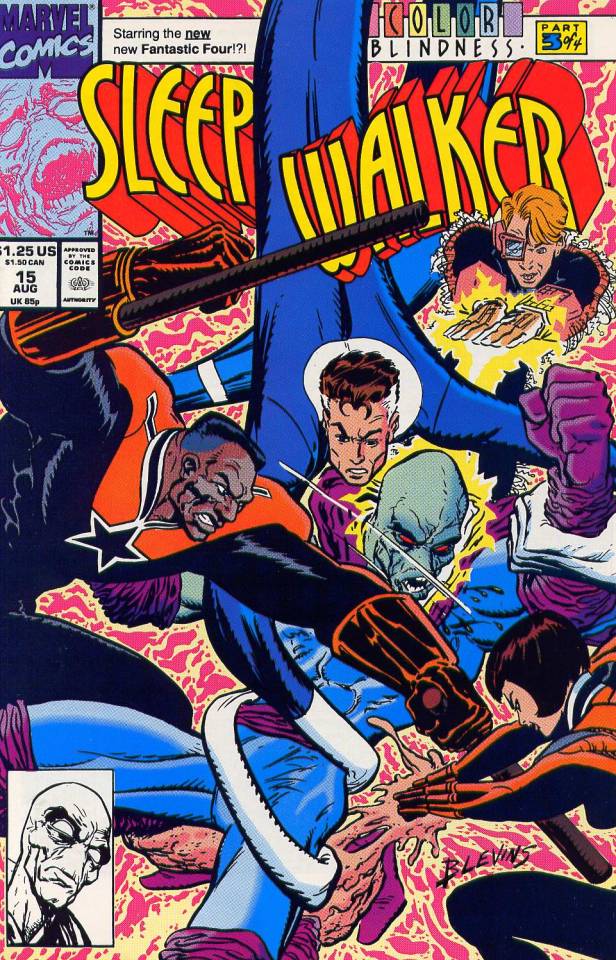
Sleepwalker #15
Inventive.
SW battles the Thought Police, inside the mind of Rick Sheridan!
This script makes great use of the concepts in the series to deliver a unique adventure. Sleepwalker is trapped out in the real world, while some villains enter Rick's mind to destroy him. A way is found to get SW back inside, for a showdown. He really impresses in this battle, but things end very badly...
On Sale Date: June 9, 1992.
Bob Budiansky (15 of 32).
Bret Blevins (13 of 15).
9/10
3 notes
·
View notes
Photo
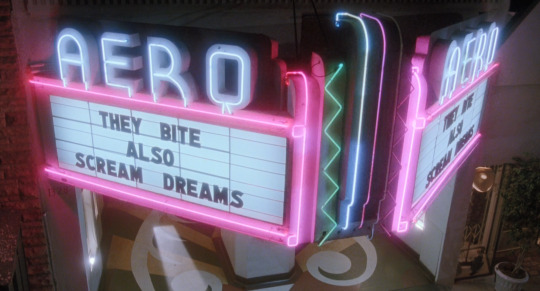

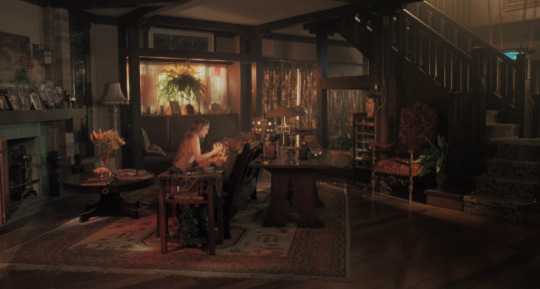
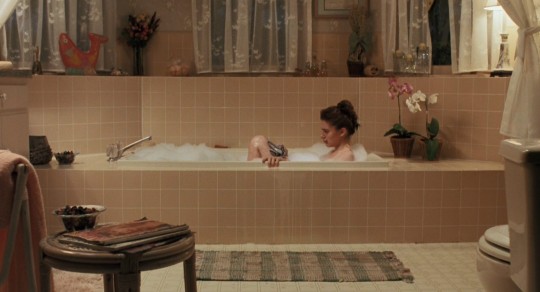
Sleepwalkers (1992)
19 notes
·
View notes
Text
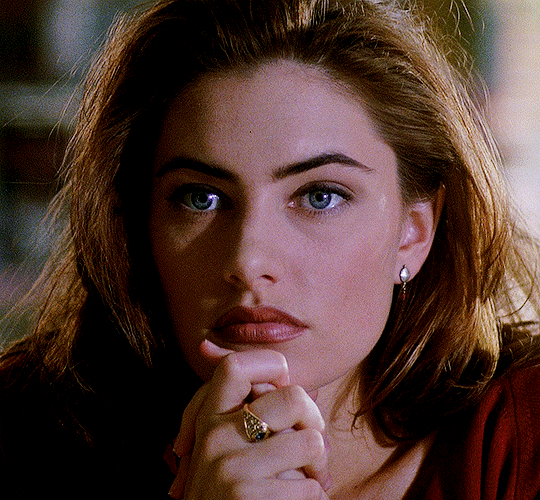
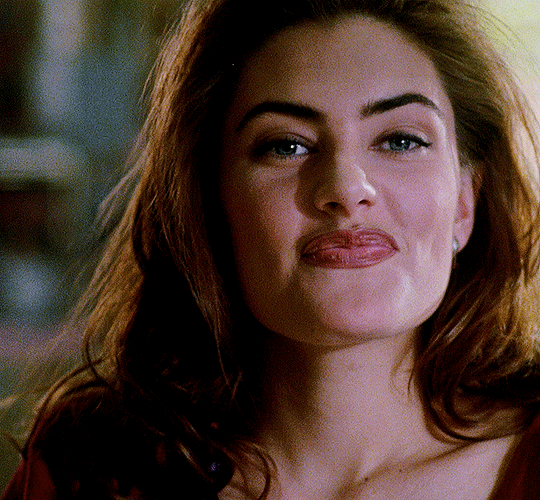

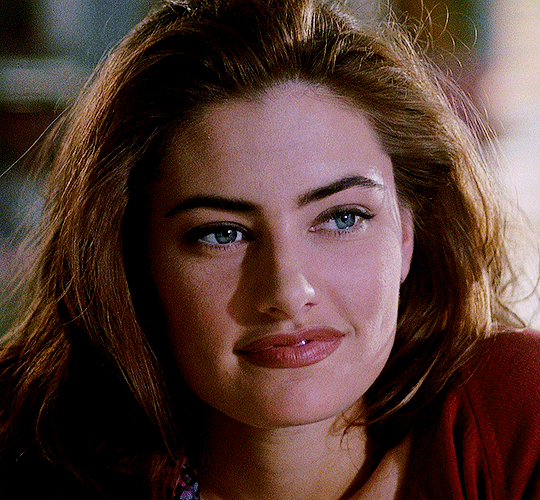
Mädchen Amick as Tanya Robertson
SLEEPWALKERS 1992 - dir. Mick Garris
#*#*gifs#1000#filmedit#filmgifs#junkfooddaily#fyeahmovies#moviegifs#horrorfilmgifs#tvandfilm#userfilm#vintageblr#chewieblog#userpfeiffer#usercande#tuserdana#uservee#madchen amick#sleepwalkers#riverdalecastedit#twinpeakscastedit
1K notes
·
View notes
Text


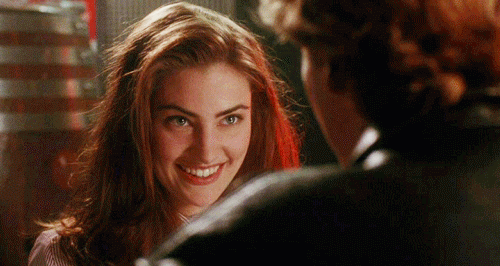
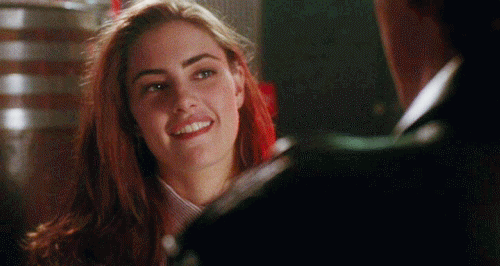
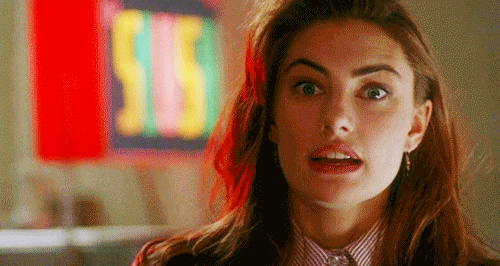
Sleepwalkers, 1992
#Sleepwalkers#1992#Sleepwalkers 1992#Mick Garris#Stephen King#Mädchen Amick#Madchen Amick#young madchen amick#90s#1990s#1990s movie#90s movie#1990s movies#90s movies#gif#90s gif#1990s gif#movie gif#movie gifs#filmgifs#moviegif#moviegifs#Fantasy#Horror
51 notes
·
View notes
Text

Haruki Murakami
The acclaimed Japanese author’s deceptively simple writing combines fantasy and reality in stories of everything from missing cats to dystopian histories via fantasy thrillers and meditations on love.
Japan’s bestselling living novelist Haruki Murakami started writing aged 30 and became a literary sensation in 1987 when his fifth novel Norwegian Wood was published. His mixture of realistic and dreamlike narratives has earned him a dedicated fanbase, and his name is often floated as a contender for the Nobel prize in literature. If you’re new to him, or want to re-read his greatest hits, here are some places to start.
The entry point
Murakami’s novels can be crudely separated into two categories: the fantastic and the realist – although many fall somewhere in between. Published in 1987, Norwegian Wood lacks the otherworldly strangeness that has come to characterise much of Murakami’s most popular work. Instead the novel is a deceptively simple reminiscence of young love. Landing on a German runway, narrator Toru Watanabe hears the titular Beatles song and is transported back to his college days and turbulent love affairs with two different women. Nostalgic and sweet, Norwegian Wood is Murakami’s most accessible novel, and the book that transformed the author into a literary superstar in Japan.
If you only read one
The Wind-Up Bird Chronicle is peak Murakami, and features many of the things the author is known for (Mysterious women! Vanished cats! Phone sex! Spaghetti!). Unemployed thirtysomething Toru Okada is looking for his missing cat and missing wife when he sleepwalks into a wild goose-chase of increasingly bizarre events. “The best way to think about reality,” he declares, is “to get as far away from it as possible.” Part detective story, part nightmarish Alice in Wonderland, The Wind-Up Bird Chronicle becomes a story about Japanese history, bizarre mysteries and red herrings. Abstract, infuriating and very funny, it is Murakami at his most beguiling.
If you’re in a rush
If you want to make a critically acclaimed film, adapt a Murakami short story. The South Korean thriller Burning took Murakami’s story Barn Burning as its foundations, while, more recently, Ryūsuke Hamaguchi won an Academy Award for his adaptation of Drive My Car. Some of Murakami’s finest storytelling can be found in his microcosmic worlds. Sleep, published in the New Yorker in 1992 and included in the short story collection The Elephant Vanishes, was the first time Murakami wrote from the perspective of a woman and the result is stunning. The story offers a character study of a devoted wife who is suffering from a sleeplessness that is not quite insomnia. Murakami frequently – and justifiably – receives criticism for how he writes female characters, but Sleep is a brilliant story that uses the liminality of the night to evoke the unease of being a woman in a patriarchal society.
The memoir
Murakami’s biography could be the backstory for one of his protagonists. The author was running a jazz club, turned 30, and quit to become a novelist. The rest is bestseller history. Murakami’s slim memoir, What I Talk About When I Talk About Running, offers an insight into his diligent creative practice. “Most of what I know about writing I’ve learned through running every day,” he explains. Only seriously taking to running in his 30s, Murakami reflects on the comparisons between marathon-running and writing , and demystifies the author’s practice as regimented routine, endurance training and occasionally injury inducing.
It’s worth persevering with
Across three volumes and over a thousand pages, 1Q84 is Murakami’s most ambitious novel to date, encompassing cults, assassins, parallel realities, two moons and creatures that emerge from the mouth of a dead goat. Following twin story threads of fated lovers, Murakami’s epic is set in a version of 1984 that slips between the familiar and unfamiliar. While 1Q84 is certainly sprawling, it’s structured like a maze with the occasional trick mirror and trap door. It was bemoaned by some critics as a disappointment when first published in 2011 and its length may be intimidating to the casual Murakami reader, but descend into 1Q84’s world and you’ll be treated to a page-turning thriller, a tender love story, a pulpy mystery and a meditation on the metaphysical mysteries of a world not dissimilar to our own.
The one that deserves more attention
After its publication in English in 2001, Sputnik Sweetheart left the orbit of Murakami’s more popular works. It’s a shame because the novel offers a refreshing variation of the author’s most predictable trope: women vanishing. Narrated through the eyes of a typical Murakami narrator (male, pining, passive), at the heart of Sputnik Sweetheart is a lesbian romance between Sumire, a wannabe Jack Kerouac, and Miu, an older, refined wine importer. Lusting after Miu, Sumire begins to shed her bohemian exterior, transforming herself to become Miu’s chic personal assistant. The unequal romance soon develops into self-obliteration as Sumire seems fated to be forever Miu’s sputnik – orbiting her from the isolation of space – before she disappears. Sputnik Sweetheart’s yearning romanticism is as tender as it is uncomfortable.
The masterpiece
Departing from his typical thirtysomething, whisky-drinking, jazz-listening protagonists, Kafka on the Shore is narrated by 15-year-old runaway Kafka Tamura. Fleeing his violent, dead father after receiving an Oedipal prophecy, Kafka finds refuge working in a small coastal town’s library. Alternating with Kafka’s tale is Satoru Nakata’s, an older man who lost his childhood memories at the end of the second world war, but instead gained the ability to converse with cats. Nakata is forced on the run after he crosses paths with a sinister cat-catcher who goes by the name Johnnie Walker. Both characters embark on vision quests, with one foot in everyday Japan and the other in a magical undercurrent that delivers the characters to each other. Murakami has said that the urgency behind his stories is “missing and searching and finding”. Kafka on the Shore eludes genre pigeonholing, and instead exemplifies its author’s ability to map a dreamscape labyrinth, one with its own strange poetic justice.
Daily inspiration. Discover more photos at Just for Books…?
38 notes
·
View notes
Note
what are some of your fav movies? do u have any recommendations?
I answered a similar question sometime last year so I'll try to avoid repeat recommendations (will bold favorites) but my so-called top four (horrible Letterboxd term) are The Piano Teacher, American Psycho, Resurrection of the Little Match Girl, & Velvet Goldmine. Would add Mulholland Drive and Videodrome maybe hehe. I've only watched two movies this year so far but enjoyed both: Cure (1997) & Night and Day (2008) and I really don't care about anything released in the last ten years.
I mostly like movies about weird sex freaks. I'm a fan of Satô's gay pinku—I've seen The Fetist (1998) and Muscle (1989) but want to get to the others (Bondage Ecstasy, Hunters' Sense of Touch, & Temptation of the Mask) soon. I like what I've seen of Hal Hartley, I've watched Surviving Desire (1992), Amateur (1994), & Flirt (1995). Of course I love my Jang Sunwoo... aforementioned Little Match Girl (2002), Lies (1999), Timeless Bottomless Bad Movie (1997), The Age of Success (1988), & To You, from Me (1994) ..... Wat else.. Sleepwalk (1986), Metropolitan (1990), 301/302 (1995), Romance (1999)... enjoy 80s/90s erotic thrillers (De Palma's are good...Body Double & Dressed to Kill)
Hopefully will watch enough this month to warrant another monthly film rec post
55 notes
·
View notes
Photo
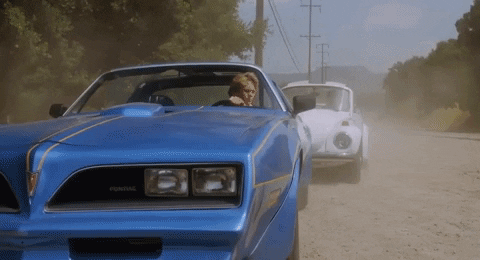

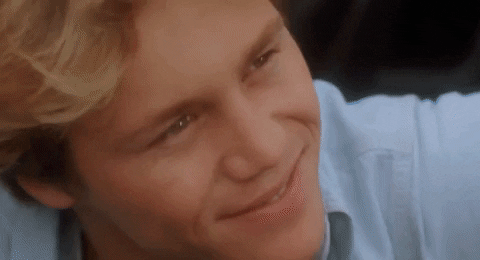

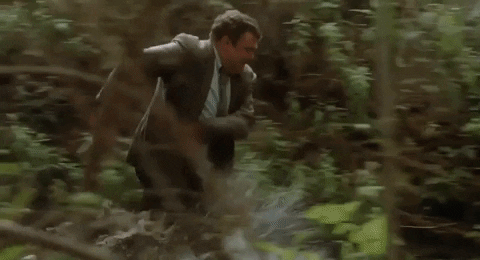
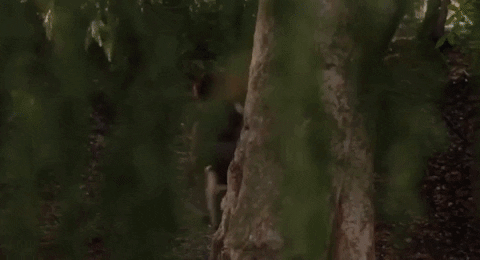
Sleepwalkers (1992) written by Stephen King and directed by Mick Garris
#Sleepwalkers#Stephen King's Sleepwalkers#Sleepwalkers (1992)#American horror film#Mick Garris#Stephen King#movies#horror film#90's horror movies#90s#1992#my gif#my edit#gifs
66 notes
·
View notes
Text
Dracula Season Watch Party: Bram Stoker's Dracula (1992)
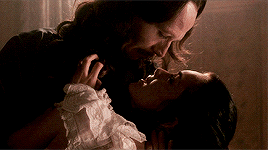
The centuries old vampire Count Dracula comes to England to seduce his barrister Jonathan Harker's fiancée Mina Murray and inflict havoc in the foreign land. - Dir. Francis Ford Coppola
I haaaaaaaaaaaaated this the one and only other time I watched it because, for a movie calling itself Bram Stoker's Dracula, it sucks ass at adapting the novel. It hits all the beats but misses the themes and adds extra stuff, and Jonathan doesn't even go after the Count with a shovel, ffs. However, it is technically one of The Most Faithful adaptations we have to date, which is impressive considering how much story there is to adapt. And if I stop being such a purist turd.... *sigh* it's a good movie.
Like..... REALLY good. The costumes, the colors, the music, the camera work, everything has such a surreal vibe, and the scene transitions move with something like dream logic. Actually, I think "movement" sums up everything I loved. Shots moving around a scene, SO MUCH gauzy fabric moving in a breeze, Dracula and Mina moving through a crowd. It's ✨pretty✨
It's also horny AF. Jesus Christ.
That being said, I think the criticism I've seen saying this version turns Lucy into a slut is pretty unfair. She and Mina gossip about their relationships (and kiss in the rain, by god I ship it), and she's flirtatious with the suitor squad, big deal. She's never overtly sexual until she starts becoming a vampire, and that's nothing that doesn't already happen in the book. The two scenarios don't compare. One is established friendships that come equipped with camaraderie and intimacy, the other is a corruption. Like, that's literally what's happening, and that's where the horror comes from. As for this version's take on her sleepwalking, we are NOT calling that slut behavior. That's all I'm saying.
Speaking of the suitor squad (Lucy's potential fiances, for the uninitiated), I understand there is only so much you can squeeze into a two hour run time, but I wish they had more time to shine. I need more of Quincey being a manly man with the most golden heart of gold ever. I need more of Jack being the most lovesick and emo wreck of a human with a side of medical malpractice. Most importantly, I need Cary effing Elwes to have more to do as Art. Not that any one of Lucy's boyfriends loves her more than the others, but I feel like Art's devotion to her is given more weight because he was the one Lucy chose to marry, and ASDFGHJKL. You can't cast CARY ELWES, aka WESTLEY THE FARM BOY, of Thee Greatest Movie Ever Made The Princess Bride, and then NOT give him any room to work in that space. He could have eaten that shit up! You know it! I know it! The only people who apparently don't know it are the people who called the shots on everything from the script to the casting, because if we had spent more time with canon couple Art and Lucy and less with fanon couple Drac and Mina, WE COULD HAVE HAD IT ALL. *insert Adele gif because I couldn't actually find one*
While we're on the subject of Dracula and Mina as lovers doomed across centuries, YES, it's fucking romantic as shit and I've come across the concept in other stories and would have snorted that shit if possible, BUT. The addition here detracted from time we could have spent on Lucy, as mentioned above, and despite what I've said about that so far, I understand why you'd make that call. If there's going to be an epic Gothic romance, it might as well be the focal point of the story and therefore needs to happen between the leads. But.
BUT.
THAT'S ALREADY IN THE SOURCE MATERIAL. IT'S MINA AND JONATHAN!!!!! Jonathan Harker is peak Gothic wifeguy. Dude never stops thinking about how awesome his wife is and how much he loves her, and I can't even think about his refusal to let her be condemned to hell alone and his determination to damn himself with her if she became a vampire without getting in fits about it. He said "fuck God if he doesn't love Mina, he's not good enough for her and I love her enough for both of us," and you think ANY other love story can beat THAT??? They did my good friend Jonathan so so dirty.
On the subject of my good friend Jonathan, I know I'm not the only one who thinks Keanu Reeves would look so. Fucking. HOT. With gray hair. I don't know what they did to him in the back half of this movie, but rather than be disappointed in how fake it looks, I'm choosing to look forward to the day we finally get Silver Fox Keanu.
Other details I loved now that I'm done complaining include Mina's wardrobe echoing Elizabeta's gown in the prologue, red light reflecting off Renfield's glasses when he's talking about his master, red appearing more prominently in Mina's and Lucy's wardrobe as they fall under Dracula's influence, the zoom-in on the bite marks on Lucy's neck transitioning into the wolf's glowing eyes in the next scene, Dracula's shadow moving independently of his body, everything Anthony Hopkins is doing as Van Helsing, and the entire standoff between him and Mina and the brides.
I think I've said all I feel like saying, and it took a full 24 hours to stop talking, so in summary: I DO like this more than I used to, but I like it more when looking at it on its own merit and not as an adaptation. What I like, I really like. What I don't like, pretty much has to do with how it differs from the book. The most important part is that I had fun watching. Even if there aren't any flappy bats on a string.🥂
#dracula season watch party#dracula#dracula 1992#bram stoker's dracula#vampires#jonathan harker#mina murray#lucy westenra
21 notes
·
View notes
Text





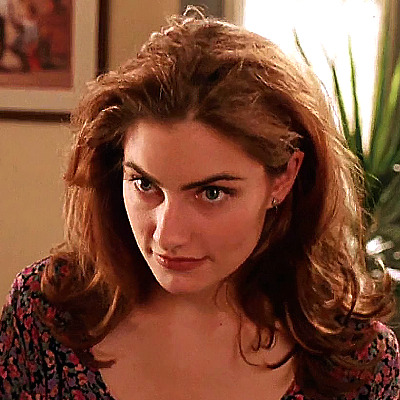
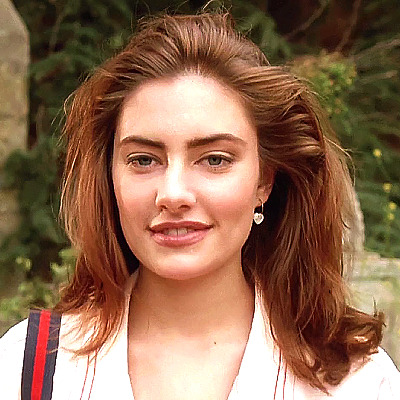


Tanya Robertson — Sleepwalkers (1992)
#madchen amick#madchen amick icons#madchenamickedit#mamickedit#sleepwalkers#sleepwalkers icons#sleepwalkersedit#horror icons#horroredit#icons without psd#movie icons#movieedit#90s icons#90sedit#filmedit#icons#twitter icons
168 notes
·
View notes
Text
The Color of Pain!

Sleepwalker #14
Interesting idea for a story arc.
"That makes you no better than a junkie!"
SW battles Spectra to get the stolen diamond back, but he wants it for himself. He needs it, in fact. Something which gives the comic an interesting dynamic. The parallels with drug addiction aren't subtle, but they work really well.
On Sale Date: May 12, 1992.
Bob Budiansky (14 of 32).
Bret Blevins (12 of 15).
8/10
3 notes
·
View notes